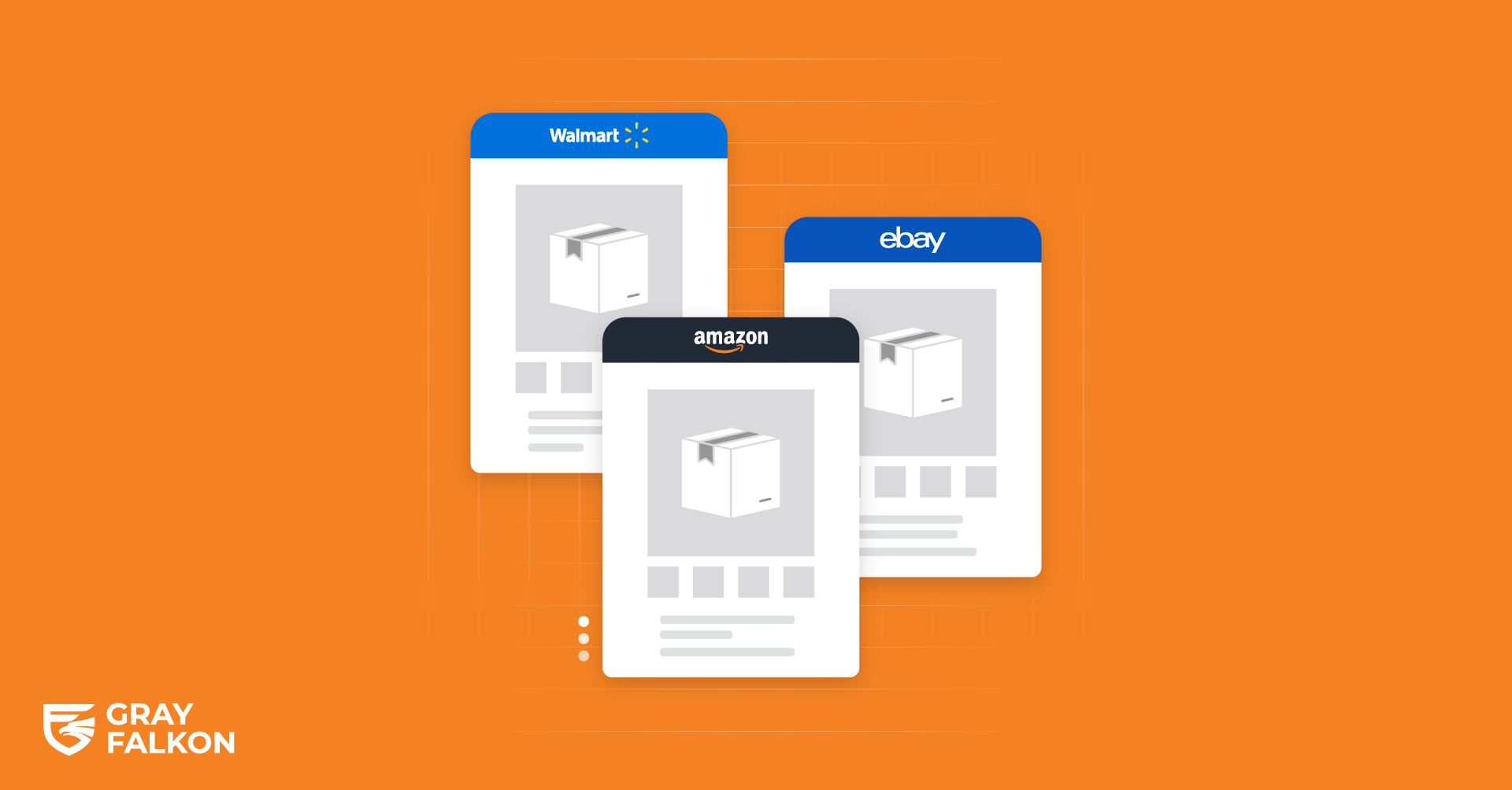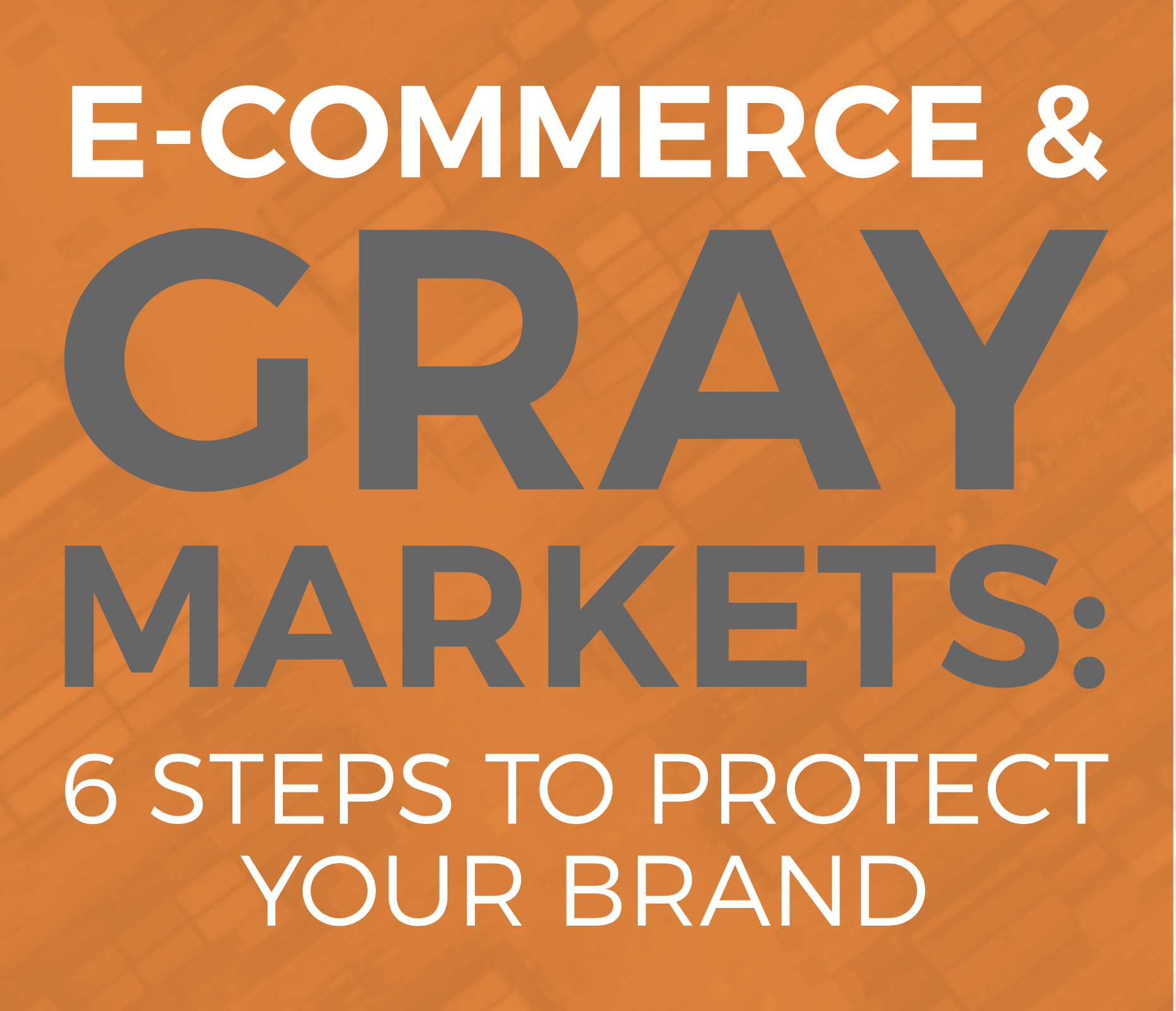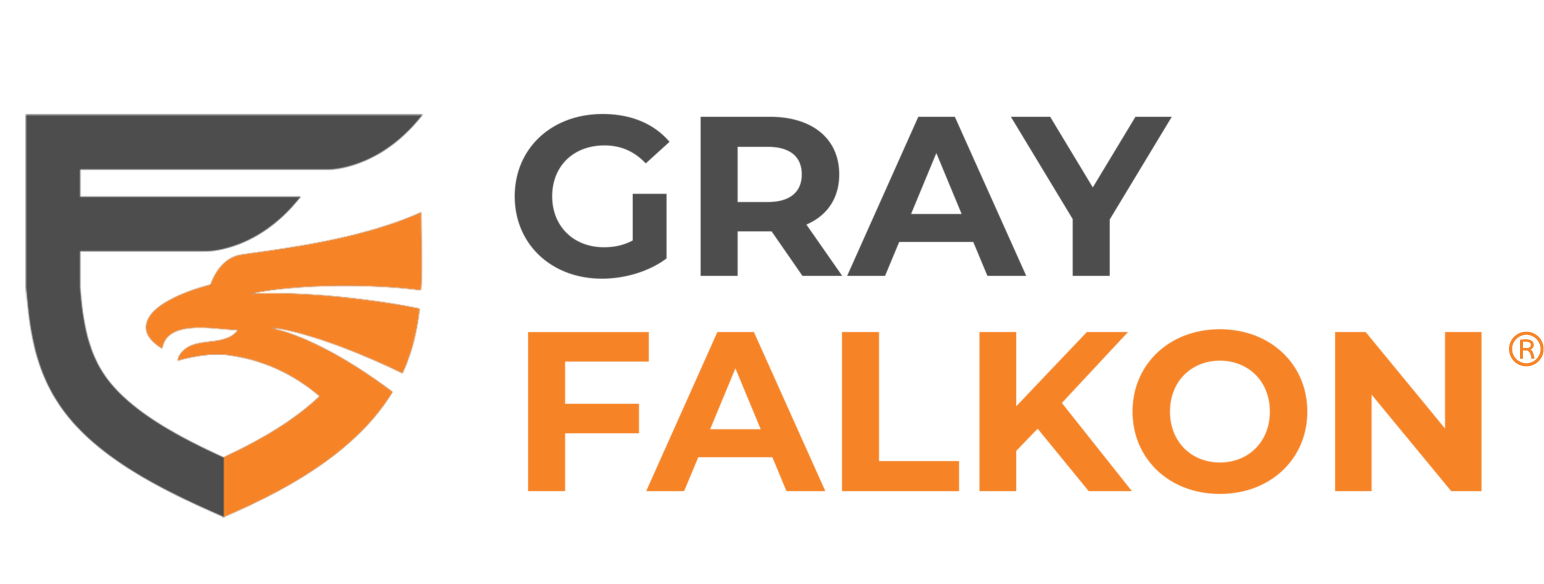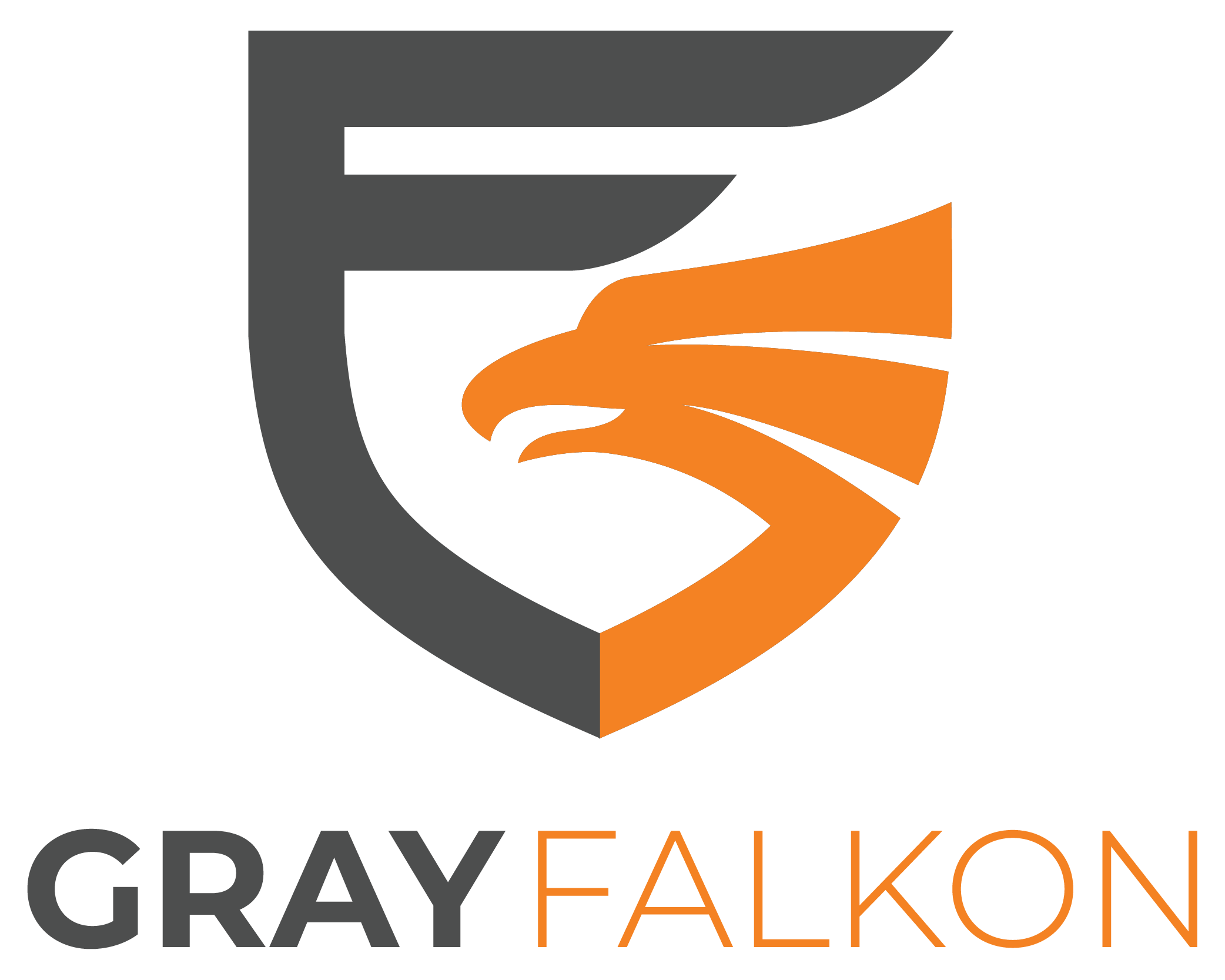
In today’s hypercompetitive eCommerce environment, marketplace threats are constantly evolving. Unauthorized sellers, price violators, and gray market activity don’t just appear, they move fast, shift strategies, and often operate across multiple platforms at once. For brands selling on Amazon, Walmart, and other major marketplaces, keeping up with this level of disruption is nearly impossible without the right tools in place.
That’s why monitoring is the foundation of every successful brand protection strategy. Before brands can take action, whether it’s removing an unauthorized seller, enforcing pricing policies, or requesting ASIN-level takedowns, they first need visibility into what’s happening in their part of the eCommerce marketplace.
Manual spot checks and partial reports aren’t enough. Effective brand protection in 2025 begins with real-time, cross-platform marketplace monitoring, powered by AI, and built for scale.
What Is Marketplace Monitoring?
Marketplace monitoring is the process of actively tracking your brand’s presence across eCommerce platforms like Amazon, Walmart, eBay, and others to detect potential threats before they impact your business. It’s the first step in understanding who is selling your products, how they’re being presented, and whether or not your brand standards are being upheld.
At its core, marketplace monitoring helps brands answer critical questions like:
- Who is selling my products, and are they authorized to do so?
- Are my listings being misrepresented or manipulated?
- Is my pricing strategy being undercut?
- Are there product variations or duplicates that shouldn’t exist?
The goal of monitoring is not just to observe marketplace activity, but to identify risks in real time so brands can take swift, informed action. Without this foundation, enforcement becomes reactive, and often too late to prevent damage.
Brands that treat marketplace monitoring as an ongoing priority are better equipped to maintain control, protect pricing integrity, reduce unauthorized activity, and ensure a consistent customer experience across platforms.
Why Manual Monitoring Doesn’t Work at Scale
Many brands begin their eCommerce journey with a hands-on approach, manually checking listings, flagging unauthorized sellers, and responding to issues as they arise. While this might be feasible in the early stages, manual monitoring quickly breaks down as brands grow and marketplaces scale. The reality is that platforms like Amazon and Walmart are constantly in motion. Listings are added, updated, and manipulated by third-party sellers 24/7. In 2024, it’s estimated that nearly 3,700 new sellers joined the platform each day. An unauthorized seller might appear overnight, undercut pricing by 20%, and be gone before a brand even notices.
Here’s why manual monitoring isn’t sustainable:
- Too many listings, too many sellers: Even a modest product catalog can generate hundreds of listings across multiple platforms when variations, bundles, and duplicate entries are factored in.
- Human error and blind spots: Relying on manual audits or periodic checks means brands will inevitably miss critical violations, especially ones that appear and disappear quickly.
- Slow response times: By the time a violation is noticed manually, the damage may already be done in the form of lost sales, negative reviews, or pricing erosion.
- No visibility across platforms: Marketplace activity doesn’t happen in a vacuum. A brand might catch a pricing issue on Amazon but miss that the same seller is active on Walmart, eBay, or other channels.
In a high-speed, multi-platform environment, manual monitoring leaves brands constantly playing catch-up. That’s why forward-thinking brands are shifting to real-time, automated solutions that deliver visibility at scale and respond as fast as threats emerge.
The Value of Real-Time, AI-Powered Monitoring
Speed and scale are critical in brand protection, and that’s where AI-powered monitoring changes the game. Unlike manual efforts that rely on sporadic checks and human review, AI continuously scans marketplaces in real time, catching violations as they occur and surfacing patterns that might otherwise go unnoticed. With real-time, AI-driven monitoring, brands gain:
Early Detection of Threats
The faster you detect a violation, the faster you can take action. AI tools flag suspicious behavior like new unauthorized sellers, unexpected price drops, or duplicate listings as soon as they appear. This helps prevent problems before they spiral into lost sales or customer dissatisfaction.
Pattern Recognition and Smarter Enforcement
AI doesn’t just track individual violations, it connects the dots. It can identify:
- Sellers using multiple accounts to avoid detection
- Unusual shifts in inventory or pricing trends across multiple SKUs
This kind of analysis helps brands make smarter enforcement decisions, targeting repeat offenders and high-risk sellers rather than chasing isolated issues.
Scalability Across Marketplaces
As a brand grows and expands to new platforms, the volume of potential violations increases. AI handles this scale effortlessly, ensuring that every ASIN, every listing, and every price point is monitored around the clock, without adding workload to your team.
Consistent, Accurate Insights
AI removes the inconsistencies and blind spots of manual tracking. It delivers structured, reliable data that can be used for reporting, decision-making, and communicating with marketplaces.
In 2025, real-time monitoring isn’t just a feature, it’s a requirement for any brand looking to protect its reputation, revenue, and marketplace presence.
Why Cross-Platform Visibility Matters
Brand protection isn’t just an Amazon problem. Sellers who engage in unauthorized activity rarely limit themselves to one platform. Gray market sellers, price violators, and misrepresented listings often appear on Walmart, eBay, Mercado Libre, and other emerging marketplaces, sometimes simultaneously. If you’re only monitoring one platform, you’re only seeing part of the picture.
Sellers Shift Between Marketplaces to Avoid Enforcement
When enforcement tightens on one marketplace, bad actors often move their operations elsewhere. A seller removed from Amazon may continue selling the same products on Walmart or eBay, with the same violations and unauthorized claims. Without cross-platform visibility, these violations persist unnoticed and unchecked.
Price Instability Ripples Across Channels
Marketplace algorithms and customers compare prices. If an unauthorized seller undercuts your price on one platform, it can:
- Trigger price matching on other marketplaces.
- Undermine your MAP policies and create channel conflict.
- Confuse customers about the real value of your products.
Brands need to see and respond to these pricing shifts wherever they occur, not just on their largest channel.
Catalog Consistency is Harder to Maintain Without Visibility
Inconsistent product titles, outdated images, or manipulated descriptions can vary across marketplaces, especially when multiple sellers list the same product. Cross-platform monitoring allows brands to:
- Enforce accurate branding on every listing.
- Catch unauthorized variations that don’t exist in your official catalog.
- Deliver a consistent customer experience, no matter where shoppers engage with your products.
A Unified Strategy Requires Unified Data
If your team is using different systems to track different marketplaces, or worse, no systems at all, it becomes nearly impossible to enforce consistently. Cross-platform visibility brings your brand protection efforts together under one roof, giving you a centralized view of what’s happening across the eCommerce landscape.
How Gray Falkon Powers Proactive Marketplace Monitoring
At Gray Falkon, we know that monitoring isn’t a one-time task, it’s the backbone of a lasting brand protection strategy. Our AI-powered solution is built to help brands gain visibility, act quickly, and stay in control of their online presence across every major marketplace.
AI-Powered Monitoring for Marketplaces
Manual brand protection efforts can’t keep up with the sheer volume of marketplace activity. Gray Falkon’s AI-driven monitoring technology continuously scans Amazon, Walmart, and other platforms to detect unauthorized sellers and marketplace policy violation activity.. With real-time insights, brands can:
- Identify threats early, before they impact revenue.
- Detect seller behavior patterns and enforce proactively.
- Gain confidence that every ASIN, product ID and listing is covered with little to no blind spots.
Automation-Driven Violation Reporting
Detection is only the beginning. Effective brand protection also requires efficient enforcement. Gray Falkon automates the process of preparing and submitting structured, marketplace-compliant violation reports, ensuring that unauthorized sellers and pricing violators are reported quickly and accurately. This allows brands to:
- Eliminate time-consuming manual enforcement.
- Increase the speed and success of takedowns.
- Focus internal teams on growth instead of compliance firefighting.
Built for Scale and Flexibility
Gray Falkon is purpose-built for brands growing on Amazon. Companies that have traction but are now feeling the pressure of marketplace complexity. As unauthorized sellers increase and pricing becomes harder to control, scaling your eCommerce business without brand protection becomes risky.
Our monitoring technology is designed to support the needs of brands that have outgrown manual enforcement. With Gray Falkon’s Full Deployment solution, we provide:
- Full catalog coverage across your active ASINs.
- Scalable monitoring as your product line grows.
- Protection that keeps pace with your expansion into other key marketplaces like Walmart.
As your business grows, Gray Falkon scales with you, without adding operational overhead. We help brands lock in control before things spiral, so they can focus on growth, not damage control.
Centralized Analytics and Insights
Our Marketplace Brand Protection Portal includes access to interactive dashboards to track progress, identify trends, and capture the details and impact of focus areas. Dashboards include:
- Impact Dashboard: Visualization of KPIs showcasing progress in combating unauthorized sales, including metrics on eliminated sellers, removed listings, withdrawn product units, and suppressed sales volumes.
- Products Dashboard: Data on unauthorized listings, as Gray Falkon tracks key information including unique sellers for each product ID, delisted sellers, and total inventory.
- Sellers Dashboard: Data on unauthorized sellers, as Gray Falkon tracks key information including seller identities, average daily inventory, and average maximum daily offers.
- Test Buys Dashboard: Tracking of periodic test buys conducted by Gray Falkon of randomly selected unauthorized sellers and product listings to accumulate evidence of marketplace violations. Results include seller details, transaction dates, actual product pricing, and any identified quality or authenticity issues.
- Top KPIs: KPIs, including Sellers Removed, Listings Removed, and Sales Suppressed, are featured on the top of each dashboard.
- Marketplace-Specific Insights: Understand how your brand is impacted differently across platforms like Amazon and Walmart.
Monitoring Is the First Step Toward Marketplace Control
In today’s eCommerce landscape, threats emerge faster than most brands can react unless they have the right tools in place. Marketplace monitoring isn’t just a piece of a larger brand protection strategy, it’s the foundation. Without real-time, cross-platform visibility, enforcement becomes reactive, inconsistent, and ultimately ineffective. From detecting unauthorized sellers to identifying marketplace policy violations and spotting misrepresented listings, monitoring is where every successful enforcement action begins. It’s the difference between playing catch-up and staying ahead of the problem.
At Gray Falkon, we make proactive brand protection possible. Our AI-powered monitoring and automated enforcement workflows give brands the clarity and control they need to grow with confidence. Schedule a demo today and learn how you can take control of your marketplace presence.



